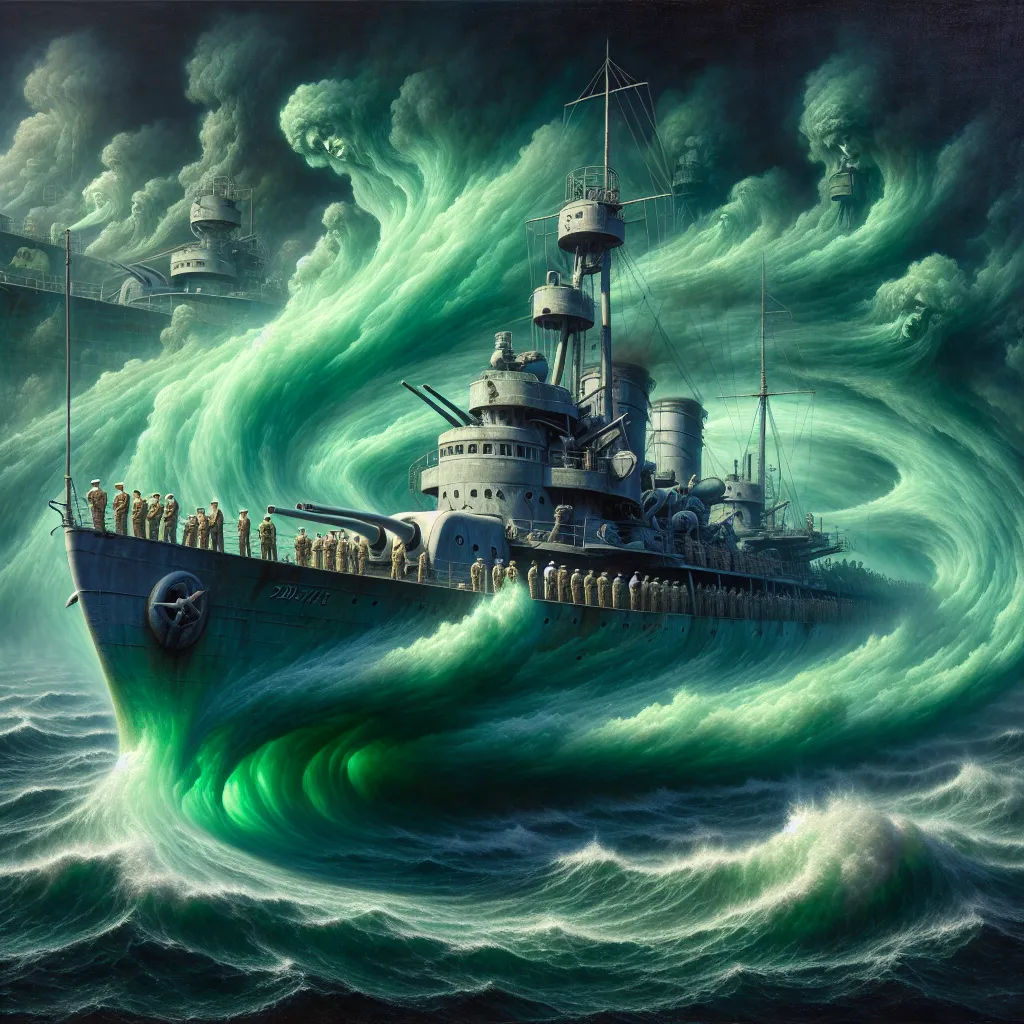World War II is filled with countless stories of bravery, sacrifice, and camaraderie. But the war also holds many mysteries, some still unsolved. One such enigma is the tale of the Phantom Fortress, a B-17 bomber that returned from its mission without a crew and somehow landed itself. Let’s dive into this mystifying story.
On November 23, 1944, the ground crew at the Royal Air Force base in Kortenberg, Belgium, heard the distant roar of a plane’s engines. It was a B-17, a massive 35,000-pound U.S. Army bomber known as the Flying Fortress. This Fortress was coming in fast and flying erratically, with its landing gear down. Expecting an emergency, the ground personnel watched in shock as the plane barreled towards them. They hit the deck as the bomber barely cleared the anti-aircraft guns and then crashed violently into a field, its propeller pieces shooting through the air.
Despite the rough landing, three out of its four engines kept running. The ground crew waited, expecting the bomber’s crew to emerge. But no one did. After 15 nerve-wracking minutes, Major John Crisp cautiously approached the plane. He opened the hatch, sidearm ready, only to find the bomber completely empty inside. Parachutes were neatly packed, fur-lined jackets and half-eaten chocolate bars lay abandoned. The plane had suffered no damage other than from the hard landing. It appeared as if the crew had simply vanished into thin air.
Major Crisp found the plane’s logbook with an ominous final entry: “Bad flak, bad flak.” He signaled to the others that it was all clear—nobody was on board. The soldiers were baffled. How could a plane like this fly, maneuver, and land on its own?
Dubbed the “Phantom Fortress,” the mystery was soon splashed across newspapers, becoming the stuff of legends. Investigators eventually identified the bomber and its crew from the 91st Bomber Group based in England. After a search, the 10 men were found alive and well at a nearby airbase in Belgium. The pilot, Lieutenant Harold R. de Bolt, recounted their harrowing mission over Merseburg, Germany, where their bomber took severe damage from anti-aircraft fire and fighters. Faced with an inevitable crash, de Bolt ordered his crew to bail out safely behind Allied lines, assuming the plane would crash shortly after.
But the B-17 kept flying, even making a rough yet surprisingly clean landing at another allied airfield. This miraculous end left investigators puzzled. Although some believed the plane’s third engine might have restarted on its own and parachutes might have been extra, the fact that it landed itself seemed nothing short of supernatural to many witnesses.
Adding to the legend, a young boy named John Gell in England had witnessed a similar event and later recounted how an empty bomber had crashed near his home in 1943. Over time, the two stories fused, with details growing more fantastical, like half-eaten chocolate bars and neatly packed parachutes, adding to the eerie allure.
In reality, the bomber’s autopilot had kept it level as it descended slowly before making its unexpected landing in an open field. Events like this weren’t unheard of, but the precise nature of this incident helped it enter the realm of legend.
Though the ghostly embellishments didn’t hold up to scrutiny, even the real events have their own air of the extraordinary. A massive B-17 landing itself is remarkable enough to make the story of the Phantom Fortress a memorable one.
That’s the tale of the Phantom Fortress—a story that, while rooted in reality, has taken on a mythic quality over the years. Even without the supernatural elements, the true events are still awe-inspiring.






